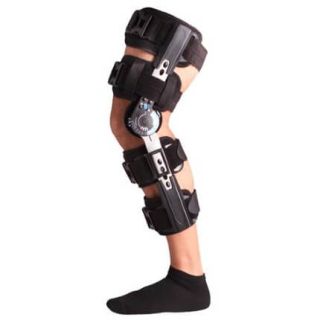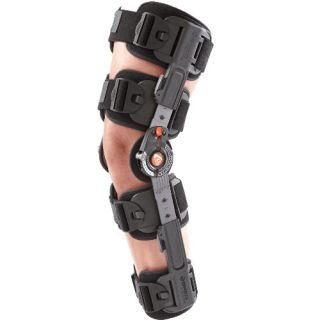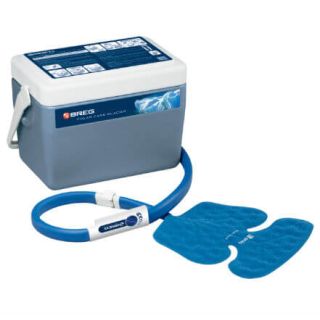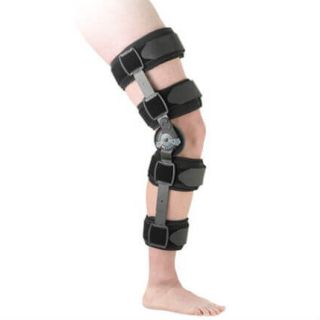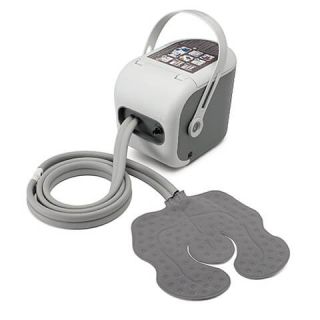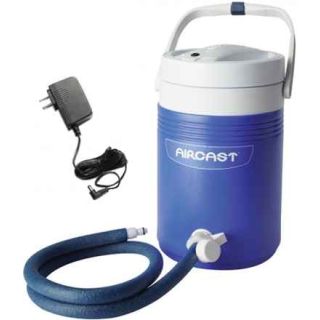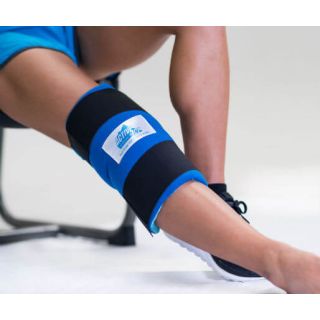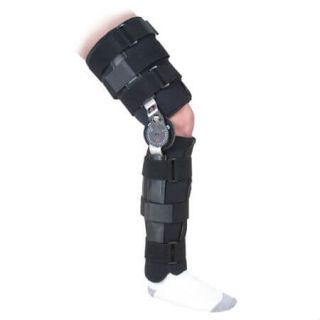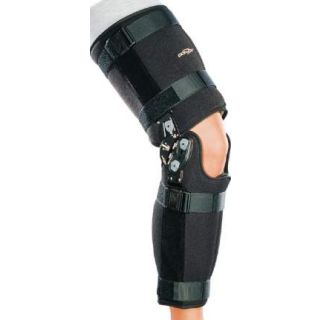-
 Details$148.99 $124.99
Details$148.99 $124.99 -
Sale - Limited Time
 Details$382.00 $165.10
Details$382.00 $165.10 -
 Details$189.99 $149.99
Details$189.99 $149.99 -
Staff Choice
 Details$249.99 $189.99
Details$249.99 $189.99 -
Best Seller
 Details$225.00 $134.99
Details$225.00 $134.99 -
 Details$199.99 $129.99
Details$199.99 $129.99 -

-
Sale - Limited Time
 Details$157.99 $125.99
Details$157.99 $125.99 -
 Details$44.99 $34.99
Details$44.99 $34.99 -
Staff Choice
 Details$195.99 $146.99
Details$195.99 $146.99 -

-
 Details$258.99 $231.99
Details$258.99 $231.99
Shop our full selection of knee braces after arthroscopic surgery, designed to aid recovery from meniscus tears, ACL/MCL reconstructions, and cartilage cleanup. Whether you're looking for a post-op hinged brace, a compression support sleeve, or a hybrid model, we offer top-rated options trusted by orthopedic professionals. Get the right knee brace after knee arthroscopy for optimal healing and rehabilitation support.

